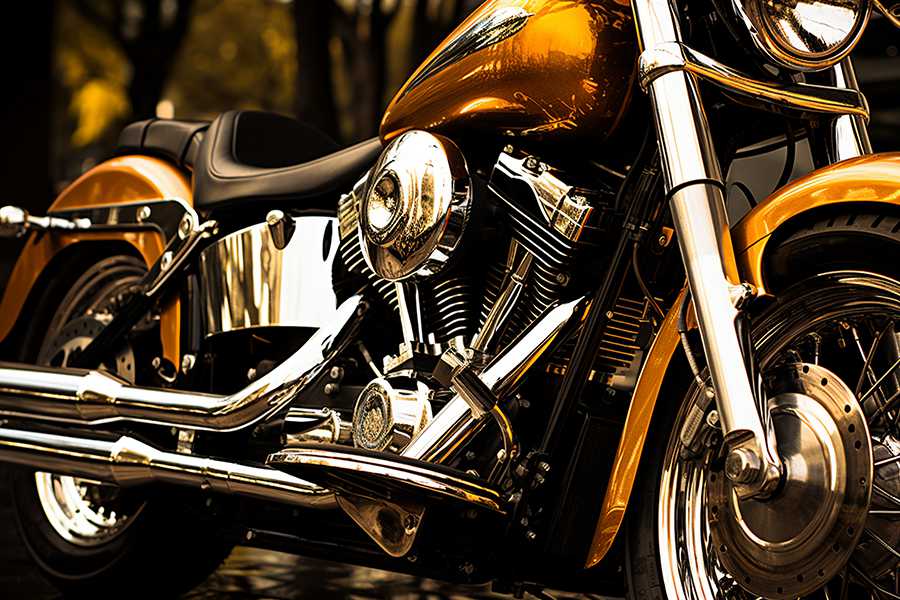The Motorcycle Tank is a critical component of a motorcycle's design, responsible for storing and supplying fuel to the engine. Beyond its functional purpose, the motorcycle tank also plays a significant role in the aesthetics and overall look of the bike. In this article, we will explore the anatomy of a motorcycle tank, the different types available, and the significance of this component in the world of motorcycling.
Anatomy of a Motorcycle Tank:
1. fuel filler cap: The fuel filler cap is the access point for refueling the motorcycle. It is typically located on the top of the tank, allowing riders to open the cap and insert a fuel nozzle for refilling.
2. Fuel Gauge: Many modern motorcycles are equipped with a fuel gauge that indicates the level of fuel in the tank. This feature provides riders with a visual representation of their remaining fuel supply.
3. Fuel Pump and Fuel Line: Inside the tank, a fuel pump is responsible for drawing fuel from the tank and delivering it to the engine. A fuel line connects the pump to the engine, ensuring a steady supply of fuel.

4. Tank Shape and Design: The shape and design of the tank can vary significantly between different motorcycle models. Tank designs range from classic rounded shapes to more modern and angular styles.
Types of Motorcycle Tanks:
1. Traditional Round Tank: The classic round tank is often associated with vintage or cruiser-style motorcycles. It features a timeless, curved design and provides a nostalgic aesthetic.
2. Sportbike Tank: Sportbike tanks typically have a more streamlined and angular design. They are often sculpted to improve aerodynamics and complement the overall look of the sporty motorcycle.
3. Cruiser Tank: Cruiser-style motorcycles often feature larger, elongated tanks that give the bike a distinctive and imposing appearance. These tanks offer ample fuel capacity for extended rides.
4. Custom Tank: Custom motorcycle builders often create one-of-a-kind tanks, pushing the boundaries of design and personalization. Custom tanks can take on unique shapes and incorporate various artistic elements.
Significance of Motorcycle Tanks:
1. Fuel Storage: The most fundamental function of the motorcycle tank is to store fuel. It ensures that the engine has a consistent supply of gasoline for combustion, allowing the motorcycle to run smoothly and efficiently.
2. Aesthetics and Design: Motorcycle tanks are a significant design element that can greatly impact the overall appearance of the bike. The tank's design, shape, and paint job contribute to the motorcycle's style and personality.
3. Riding Range: The capacity of the tank influences the motorcycle's riding range. A larger tank can hold more fuel, enabling longer trips between refueling stops, which is particularly important for touring motorcycles.
4. Weight Distribution: The placement of the tank affects the motorcycle's weight distribution. Proper weight distribution is crucial for stability and handling, making the tank's location an essential consideration in motorcycle design.
5. Customization: motorcycle enthusiasts often personalize their tanks with custom paint jobs, graphics, and decals, allowing them to express their individual style and preferences.
The motorcycle tank serves as both a functional component and a design statement. Its role in fuel storage and supply is essential for the motorcycle's operation, while its design and shape greatly influence the bike's overall aesthetics. The wide variety of tank types and styles ensures that there is a perfect fit for every rider's preferences, from classic round tanks to sleek sportbike designs and unique custom creations. Whether it's a long-haul touring tank or a sporty, streamlined version, the motorcycle tank is an iconic element of two-wheeled transportation.